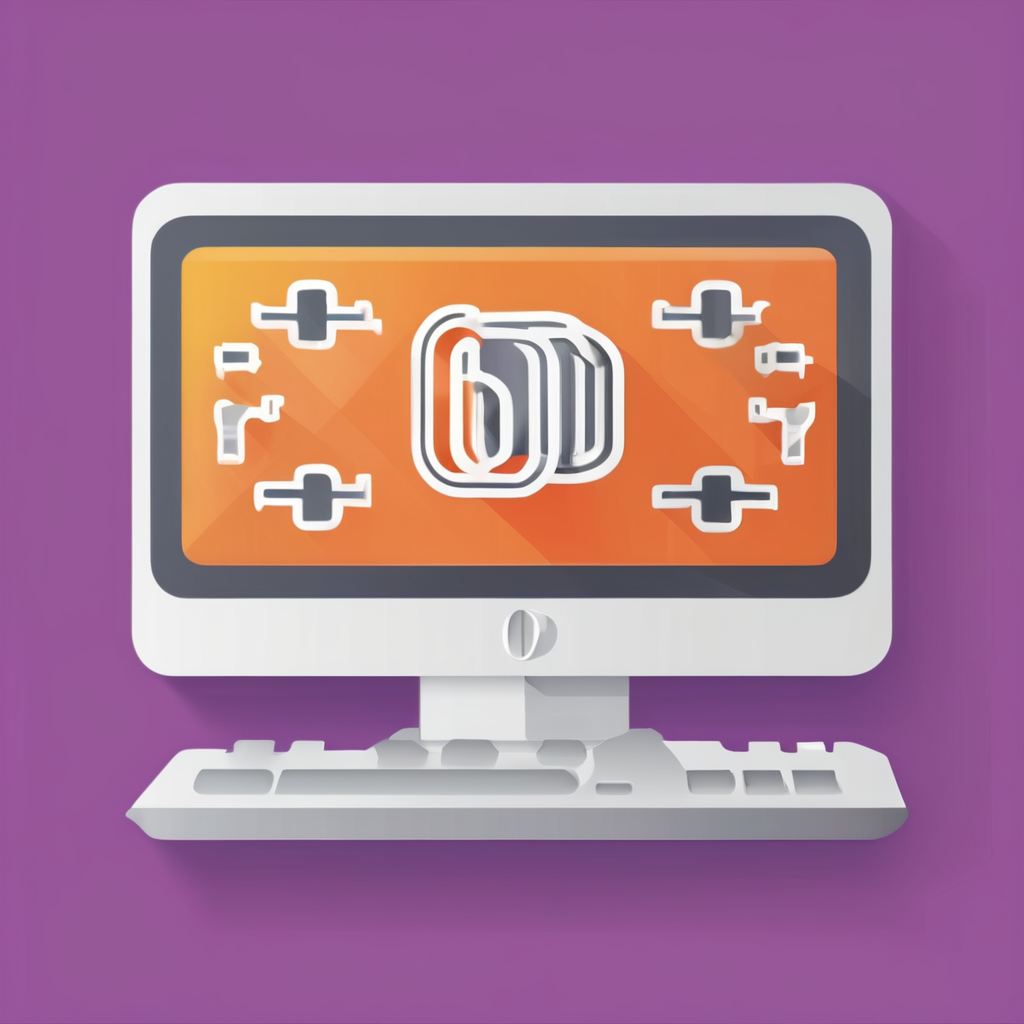Major Innovations Driving Computing Hardware Advancements
Recent innovations in hardware are reshaping the future of computing, with quantum computing breakthroughs standing out prominently. Quantum processors leverage quantum bits (qubits), enabling exponential increases in processing capabilities over classical systems. This shift promises to solve complex problems in seconds rather than years, impacting fields from cryptography to drug discovery.
Simultaneously, the integration of artificial intelligence with specialized hardware such as AI chips and accelerators is enhancing performance significantly. These components are designed to handle AI workloads efficiently, reducing latency and energy consumption in tasks like neural network training and inference. By embedding AI capabilities directly into devices, computing is becoming smarter and faster.
Additional reading : How Can UK Computing Advances Influence Future Hardware Innovations?
Another critical trend is the rapid expansion of edge computing, which brings processing closer to data sources. Edge devices, empowered by new hardware, reduce dependence on centralized cloud servers. This results in improved response times, better data privacy, and lower bandwidth use. Together, these computing hardware trends highlight a future where processing power is not only increasing but also becoming more distributed and intelligent.
Emerging Materials and Novel Architectures
The evolution of computing power increasingly depends on advanced semiconductors and new materials in hardware. Graphene, a single layer of carbon atoms arranged in a hexagonal lattice, has drawn immense interest due to its exceptional electrical conductivity and strength. Utilizing graphene in chip manufacturing can drastically enhance speed and energy efficiency compared to traditional silicon-based semiconductors. Similarly, photonic chips leverage light to transmit data, reducing latency and heat generation, which positions them as a promising alternative for next-generation processors.
Also read : How Can You Enhance Your Computing Experience with the Latest UK Hardware?
Another significant leap is in hardware architectures mimicking the brain’s neural structure. Neuromorphic computing employs circuits designed to imitate neural networks, enabling faster data processing with lower energy consumption. These biomimetic designs offer a pathway to machines that excel in pattern recognition, adaptability, and real-time learning—traits difficult to replicate with classical architectures. By integrating advanced semiconductors and brain-inspired hardware, the technology landscape evolves beyond conventional limits, opening doors to richer AI capabilities and more efficient computational models.
This shift towards combining new materials in hardware with novel architectures is fundamental to overcoming the physical constraints of current chip technology.
Trends in Energy Efficiency and Sustainability
Energy-efficient hardware has become a critical focus in both data centers and consumer electronics. Companies now prioritize designing devices that minimize power consumption without sacrificing performance. This shift stems from the growing demand for sustainable computing solutions that address environmental concerns and reduce operational costs.
Data centers leverage low-power chips to achieve remarkable energy savings. These chips optimize processing capabilities while maintaining minimal energy draw, a vital factor given the large-scale operations hosted within these facilities. Similarly, consumer device manufacturers increasingly adopt energy-conscious designs to extend battery life and reduce heat generation.
Beyond design, the industry shows a clear transition toward recyclable materials and environmentally friendly manufacturing processes. Using sustainable components reduces e-waste and the carbon footprint of hardware production. This synergy between hardware innovation and sustainability represents a significant trend shaping the future of computing.
Embracing these trends not only supports ecological goals but often results in cost benefits and improved device longevity. Awareness of energy-efficiency advancements prompts better choices, whether upgrading a home computer or expanding data center infrastructure.
Miniaturization, Integration, and Scalability
Advances in hardware miniaturization and chip integration have revolutionized modern computing. System-on-chip (SoC) technologies now enable multiple components—processors, memory, and interfaces—to be embedded within a single chip. This consolidation minimizes space while maximizing efficiency, crucial for portable devices where every millimeter counts.
3D chip stacking takes integration a step further by vertically layering circuits. This approach reduces latency between components and allows higher processing power within a smaller footprint. The result: devices become more compact without compromising performance, enhancing portability and user convenience.
Scalable computing benefits significantly from these trends. High-density computing environments, like data centers, leverage miniaturized, integrated chips to increase computational capacity per rack while lowering energy consumption. This scalability makes it easier to expand processing power as demand grows, supporting evolving workloads efficiently.
The combined effect of hardware miniaturization and 3D integration not only improves device portability but also unlocks new possibilities in embedded systems and mobile computing. Understanding these technologies is essential for appreciating how modern electronics balance size, speed, and scalability.
Real-World Applications and Industry Impact
Innovations in practical computing hardware have profoundly reshaped various industries. In healthcare, advanced hardware accelerates medical imaging and supports AI-driven diagnostics, enabling faster, more accurate patient care. Autonomous vehicles rely on cutting-edge sensors and processors to interpret complex environments in real time, enhancing safety and efficiency.
Financial institutions utilize specialized hardware to execute high-frequency trading with minimal latency, fundamentally changing business models and competitive dynamics. Additionally, real-world hardware use in smart infrastructure—like IoT-enabled grids and intelligent transportation systems—optimizes resource management and urban planning.
These transformations stem from constant hardware improvements, which drive research breakthroughs and create new market opportunities. As industries adopt increasingly sophisticated computing devices, their ability to innovate and compete on a global scale strengthens. This dynamic illustrates the symbiotic relationship between hardware evolution and industrial growth, emphasizing the critical role of technology in modern economy and society.


